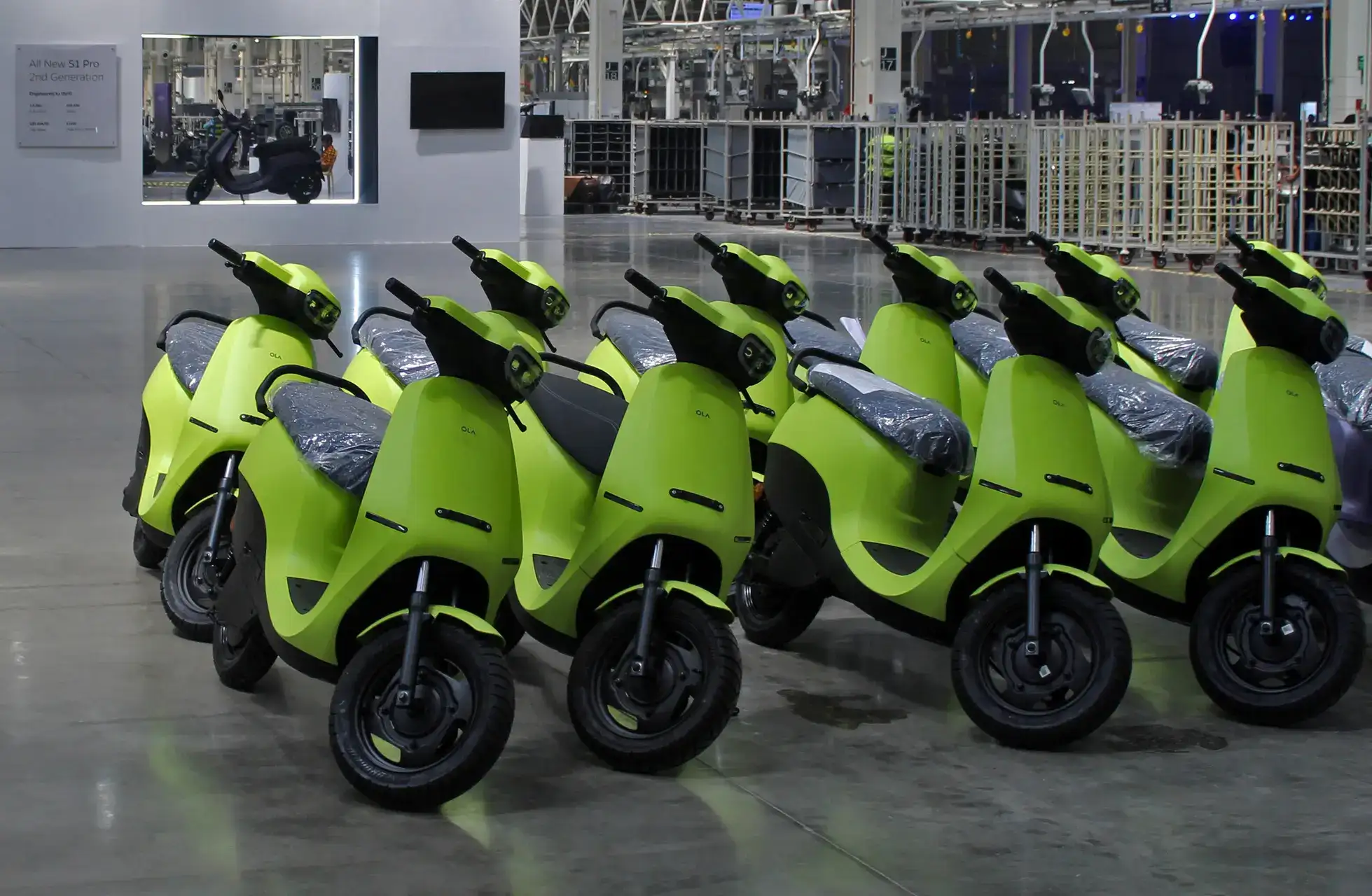“Ola Electric‘s Q1 shows a sharp operational turnaround-losses narrowed from ₹870 crore to ₹428 crore, gross margins hit a record 25.6%, and the auto segment turned Ebitda (earnings before interest, taxes, depreciation, and amortization)-positive in June,” said Jahol Prajapati, research analyst at Samco Securities.
Its revenue from operations also rose to ₹828 crore in the June quarter from ₹611 crore in the previous quarter. However, it was down almost 50% from the same period a year ago. “The company’s bullish forecast of 35-40% margins and upcoming ramp-up of new products further renewed interest in the stock,” said Sagar Shetty, research analyst, StoxBox. “The growth during the quarter was largely supported by the successful launch of its Gen 3 scooters, aiding the company to maintain accretive margins.”
The company said in an exchange filing that it expects to sell between 325,000 and 375,000 vehicles and generate revenue of ₹4,200-₹4,700 crore for FY26. Ola shares are down around 48% since their debut in August 2024. As the stock declined, retail investors increased their stakes in the company. The percentage of retail shareholders holding less than ₹2 lakh in the company has increased to 12% in the March quarter from 4.45% at the time of listing. Shetty said that Ola continues to cede significant market share to established players and has a track record of overly optimistic guidance.
“We recommend investors maintain a cautious approach and suggest that they wait to see how the second quarter unfolds in terms of sales and overall performance,” he said. Prajapati said Ola is building a ‘credible profitability’ story, on account of continued cost discipline, improving warranty dynamics, and an FY26 target of 35-40% gross margins. “For investors with a high-risk appetite, it’s a bold EV play on vertical integration. Conservative investors might still prefer steadier names like TVS or Bajaj for now,” he said.




